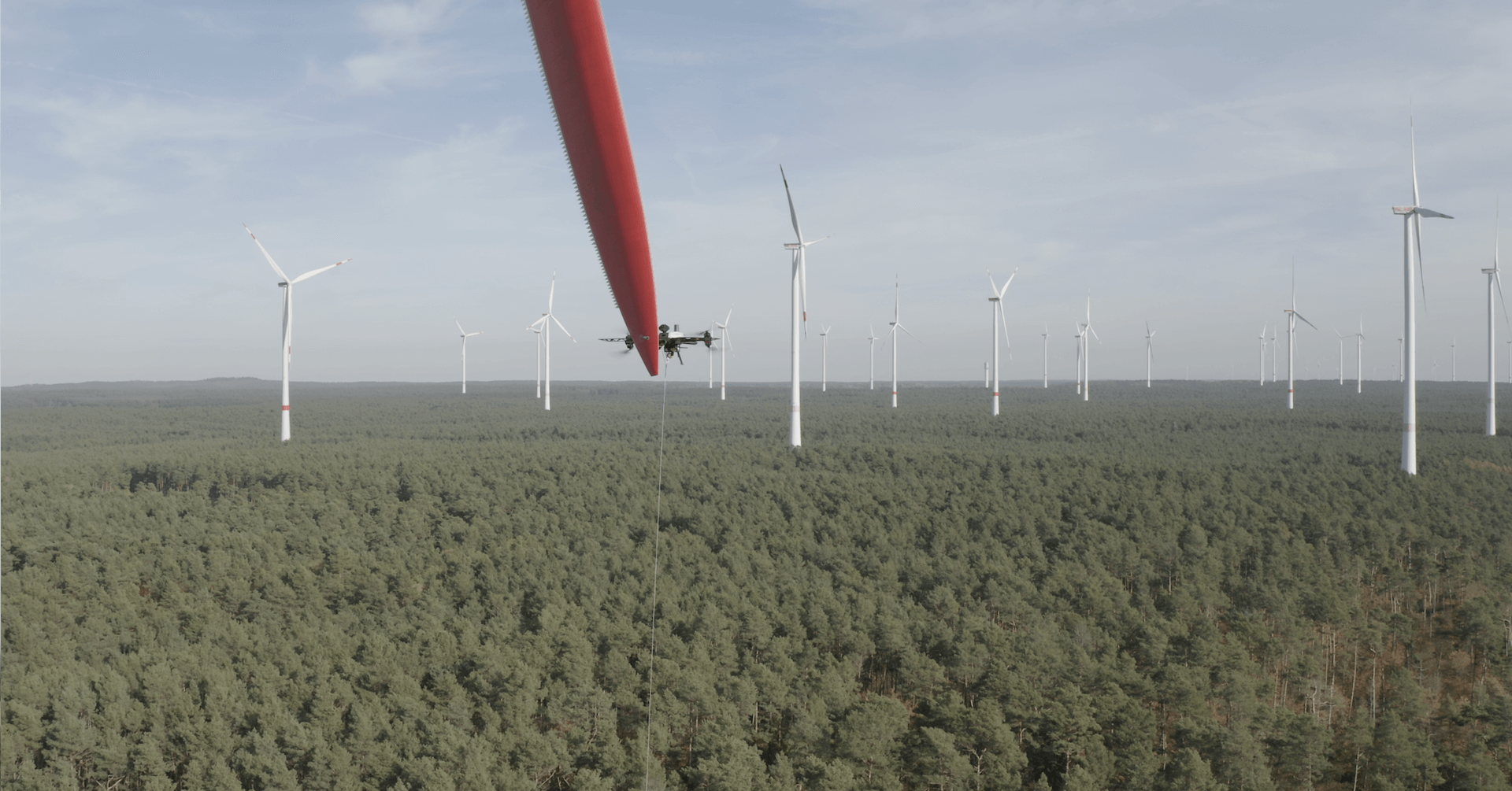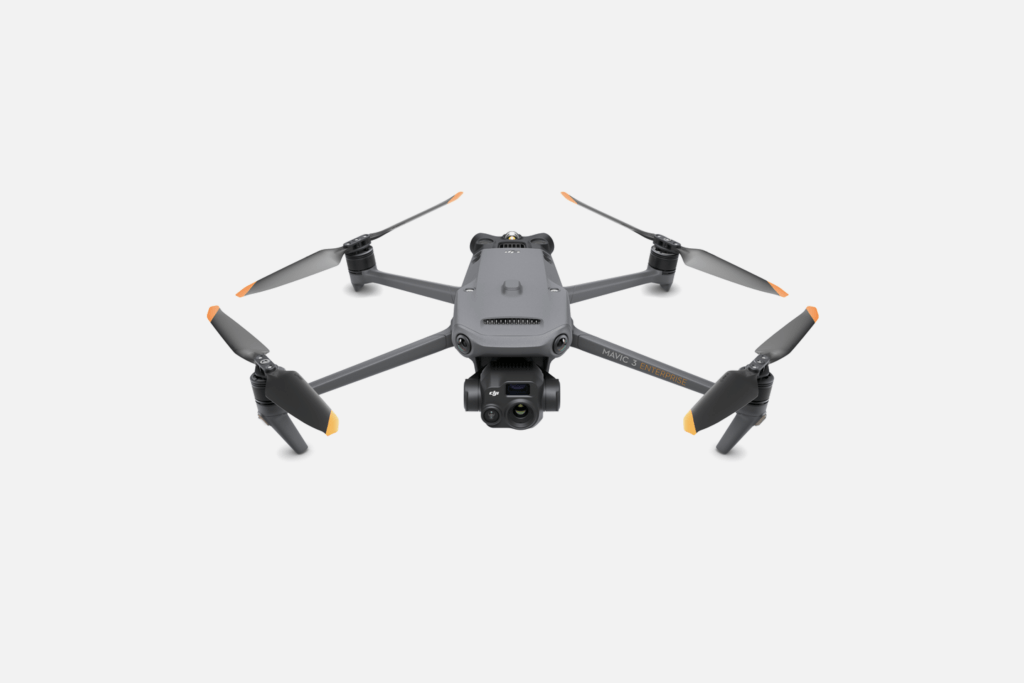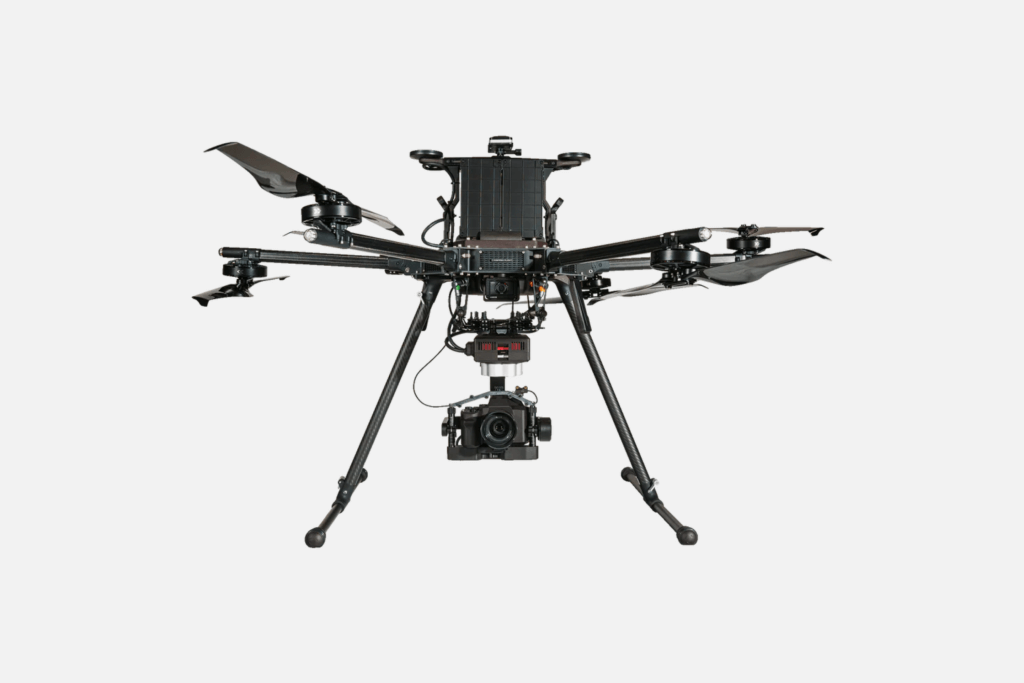1.
6 Best Wind Turbine Inspection Drones on The Market Right Now
1.1.
Voliro
1.2.
DJI Matrice 350 RTK
1.3.
DJI Mavic 3 Enterprise
1.4.
Altura Zenith ATX8
1.5.
Skydio X10
1.6.
IF1200
2.
Improve Wind Turbine Inspections with Drones

1.
6 Best Wind Turbine Inspection Drones on The Market Right Now
1.1.
Voliro
1.2.
DJI Matrice 350 RTK
1.3.
DJI Mavic 3 Enterprise
1.4.
Altura Zenith ATX8
1.5.
Skydio X10
1.6.
IF1200
2.
Improve Wind Turbine Inspections with Drones
Whether you’re an asset inspection services provider or a wind farm operator, you’ve probably heard the gospel about drones. The well-touted benefits of drones for wind turbine inspections include faster data collection, lower asset downtime, and greater personnel safety.
But the best commercial inspection drones actually offer more than that. AI-assisted autonomy for repeated data collection, contact-based payloads for non-destructive testing, and embedded computer vision algorithms for object detection and classification are now also on the table.
So, if you’re looking to start (or add to) your wind turbine inspection drone fleet, here are the models you should strongly consider.
As a drone company, we’re naturally obsessed with everything the market is doing — and it’s been a couple of exciting years. With all the advances in sensors, INS, and AI technologies, commercial inspection drones made leaps in stability, obstacle avoidance, and durability.
To create the rankings, we’ve talked to our clients in the energy industry and global certification organizations, asking what drone models they have in their fleets. What we found is that most companies prefer to have several UAV models in their fleet and use them on rotation for different types of missions.
The following wind turbine inspection drones excel in different areas, ranging from flight time and autonomy to weather resistance and payload selection:

Voliro T is an inspection drone, built for non-destructive testing. Boasting an impressive 360-degree aerial mobility, Voliro T can approach assets from any direction to capture HD visual footage using a 4K 12 MP inspector camera with a horizontal FoV of 80° and perform contact interactions.
We’ve designed a specialized payload for lightning protection system testing on wind turbines — a critical test for avoiding asset loss and regulatory penalties. The LPS kit includes a Micro-Ohmmeter VG-BAT-150 specialized probe for full circuit resistance measurements, compliant with EN 62305-3.
Thanks to Voliro’s ability to tilt and interact in any direction, you can perform thorough LPS tests with minimal downtime. You can inspect between 8 to 18 wind turbines per day while identifying 3-4X more defects compared to conventional methods. An AI-powered interaction assistant further helps ensure high stability and precision.
Although compact in size, Voliro holds steady against wind gusts of up to 12 m/s per second. Intelligent navigation also helps with collision prevention, provides position hold during signal loss, and facilitates auto-descent.
Main features:
Best for: Lighting protection system testing

Matrice 350 RTK is DJI’s flagship enterprise model, released in 2023. Boasting an extended flight time of 55 minutes and sensor redundancy, Matrice 350 is a sturdy inspection drone you can reliably cruise even in offshore locations.
The flight controller also got a durability upgrade and now has an IP54 rating for high dust, dirt, temperature, and moisture resistance. As per regulations, HD video transmission now goes up to 20 km in the US and 8 km in the EU.
Thanks to the six-directional binocular vision system and infrared sensors, the drone has high situational, positional, and obstacle awareness. Pilots can safely navigate around towers and approach blades for inspection without risking collision. A night-time vision FPV camera also helps navigate in poor lighting conditions.
What also makes DJI Matrice 359 RTK an excellent wind turbine blade inspection drone is its AI Spot Check feature. You can create and save custom flight routes using waypoints, select target inspection objects for the next mission, save the plan, and then automatically fly the same route to save time on planning.
A solid selection of payloads, native and third-party, is another advantage. DJI’s Zenmuse sensor range offers stellar thermal sensing and imaging performance. Also, you can use DJI Payload SDK to connect other sensors and payloads for your missions. DJI Matrice 350 can carry up to 2.7 kg in payloads.
Main features:
Best for offshore wind farm inspections.

If you’re looking for a cost-effective wind farm drone inspection option, DJI Mavic 3 Enterprise is a strong contender. Although compact in size, Mavic 3 packs a punch with a wide-angle micro-four-thirds CMOS camera, adapted for high-speed, sharp image capture even in low-lighting conditions.
You can also opt for a dual system with a DFOV: 61° thermal camera if you want to visually monitor for overheating of the turbine’s electrical and mechanical components. The new 3.0 DJI Thermal analysis app makes analyzing and annotating all thermal footage easy.
But, unlike Matrice 350 RTK, Mavic 3 Enterprise has a fixed camera, so you’ll need to choose your hardware during purchase. It also doesn’t allow adding any extra sensing payloads.
On the pro side, similar to Matrice 350 RTK, Mavic 3 Enterprise has a quad-antenna enterprise transmission system for high signal reliability and low latency. It also borrows some automated navigation features, including real-time terrain follow for auto-altitude adjustments and Smart Oblique Capture, which allows data collection for industrial photogrammetry. That’s a great feature if you want to build a digital twin of your wind farm.
Main features:
Best compact wind turbine inspection drone.

Altura Zenith ATX8 from Aerialtronics is another ultra-durable drone with an IPX5 rating from TÜV for water resistance. An eight-motor design and redundant INS components also lend extra reliability to this model. During tests, Altura Zenith motors endured 720 consecutive flight hours without any failures.
What makes Altura Zenith ATX8 a standout drone for wind turbine inspection is its environmental resilience. The drone can cruise at up to 20 m/s in light rain or snowfall. It also boasts a higher wind resistance of 16 m/s against DJI’s 12 m/s, making it a trustworthy partner in challenging weather conditions.
Another perk is a wide payload range. You can opt for the Aerialtronics Pensar system — a dual vision sensor with an embedded computer vision algorithm for object detection, classification, and thermal scanning. Or pick from a range of compatible Sony cameras. As for inspection tools, Altura Zenith ATX8 can carry multispectral sensors and VOC monitors. The latter comes in handy for detecting changes in the gearbox’s lubricant condition and insulation breakdown detection.
Main features:
Best drone for operating in harsh environmental conditions.

Skydio X10 is another frequent choice for drone inspection of wind turbines because of its excellent durability. Featuring a magnesium and carbon fiber frame and a graphite heat-spreading system, Skydio X10 is slim, lightweight, and foldable to just 35 cm in length. Nonetheless, it can reach a cruising speed of 12.5 m/s and withstand 43 km/h winds. The model is also IP55-certified against dust and water and can operate at up to 4.57 km altitudes.
The camera setup includes telephoto, wide, and narrow-angle CMOS sensors and a thermal imager with a focal length of 13.6 mm and thermal sensitivity of <30mK NEDT. Additionally, you have six navigation lenses, 360-degree visibility, and an AI flight assistant to the boot for even greater safety.
As much as Skydio invested in hardware, it also did in supporting software. You can pilot the drone using a controller or from the browser using Remote Flight Deck Software. A remote pilot can easily overtake the mission whenever a field pilot asks for assistance. An extra benefit is the proprietary Spatial AI Engine, designed to automate flight planning and execution. You can perform fully autonomous drone blade inspection using saved flight routes and reportedly capture the same data to monitor assets’ condition without tedious planning and supervision. Other handy apps include 2D/3D model generation, fleet tracker, map capture, and instant data sync, among others.
Main features:
Best for autonomous data capture and repeated condition-based inspections.

IF1200 is the newest heavy-lift UAV from Inspired Flight. The ruggedized hexacopter can carry up to 8 kg in payload weight at a max flight speed of 25 m/s.
Minimal vibration, BMS-enabled batteries, and powerful propulsion allow IF1200 to cruise for 43 minutes with a variety of third-party payloads. The options include a roster of gimballed optical and infrared sensors, LiDAR mapping tools, photogrammetry cameras, radiation detection sensors, ground-penetrating radar, and a bathymetric sonar. This means you can do different types of non-destructive testing not just for wind turbines but for other industrial assets as well. Payloads can be rented or purchased.
On the navigation side, IF1200 includes six standard flight modes, including automatic flights through the pre-defined waypoint missions — a handy feature for recurring inspections. Unlike Voliro, Skydio X10, and DJI drones, however, IF1200 doesn’t include any AI assistant for flight control and precision. However, the company offers in-person and virtual pilot training packages to show new operators the ropes.
Main features:
Best for easy switching between different payloads.
Drone inspection of wind turbines is faster, safer, and more comprehensive. With the best inspection drones, you can detect blade erosion early, subsurface cracks and emerging corrosion, bolt and fastener issues, and other signs of mechanical wear from every vantage point.
Multi-purpose inspection drones like Voliro combine HD visual data capture with contact-based inspections, using specialized payloads for LPS testing, ultrasonic scans, and coating thickness measurements. Tests can be done with a single-stop of the rotor in any position, using a one-person ground team.Collect more data at a lower cost and with greater safety using Voliro’s solution.